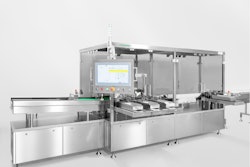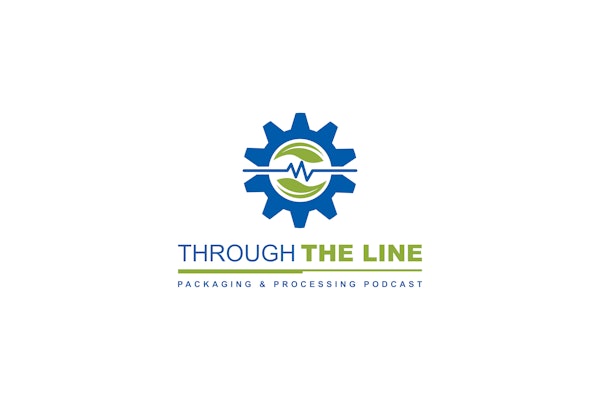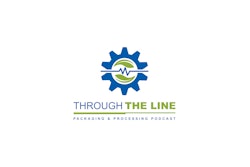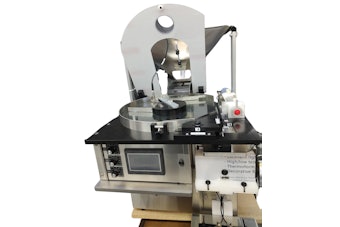Upcoming regulations associated with the Drug Supply Chain Security Act (DSCSA) require unit-level traceability by 2023, whereby each unit must have its own unique serial number and barcode, which allows it to be tracked throughout the supply chain. Pharma companies are therefore continuing to invest in new equipment to improve efficiencies and comply with regulations, particularly on the line, according to a new report by PMMI Business Intelligence.
Said one Equipment Engineer at a Pharma company, “The vial goes into a case, and you identify the case that is going onto a pallet. Some of the equipment is not capable of that modification, so you’ll have to buy it. It’s a new and major expense. “
Companies are also investing in flexible equipment that allows them to package different products on the same line to increase utilization of this process.
In the short-term, facilities are increasingly leveraging the Internet of Things (IoT) by connecting equipment with computers and devices to maximize productivity, control operations and maintain quality, a trend that is expected to continue as more regulations are implemented and more tracking data is required throughout the supply chain.
Said one Packaging Engineer at a Pharma company, “Flexibility and more virtual functionality are what we’re talking about. As far as systems, we need better systems where we can access them internally and externally through contract manufacturers to share info such as scheduling or document approval sharing.”
Watch: Trends In Healthcare
In the long-term, some of the biggest challenges include meeting automation needs and addressing supply chain disruptions. As companies continue to replace old equipment with automated equipment, this will minimize downtime and improve production rates, as well as lessen the reliance on manual labor.
The pandemic has impacted day-to-day activity at pharmaceutical facilities, and offices have been impacted. Stay-at-home orders required non-essential workers to work from home, and additional sterilization requirements led to increased investment in health and safety efforts around facility grounds.
Early in the pandemic, demand increased for supplies such as PPE and cleaning supplies, which lessened inventory of these products. Companies have also experienced supply chain disruptions due to delays in deliveries and long lead times for certain materials, such as plastic.
Creativity and innovation in packaging of pharma products have also been affected, as holding virtual R&D meetings can be difficult. One Packaging Engineer said, “There’s been an impact on innovation, since people are not sitting together in a room, having creativity talks and trying to get to know more about new tech.”
Download a free copy of this white paper below.
Source: PMMI Business Intelligence, “Pharmaceutical & Medical Devices | Trends & Opportunities in Packaging Operations”
To see Pharmaceutical automation, packaging, and materials solutions, check out PACK EXPO Connects online, available through March 31, 2021.






















